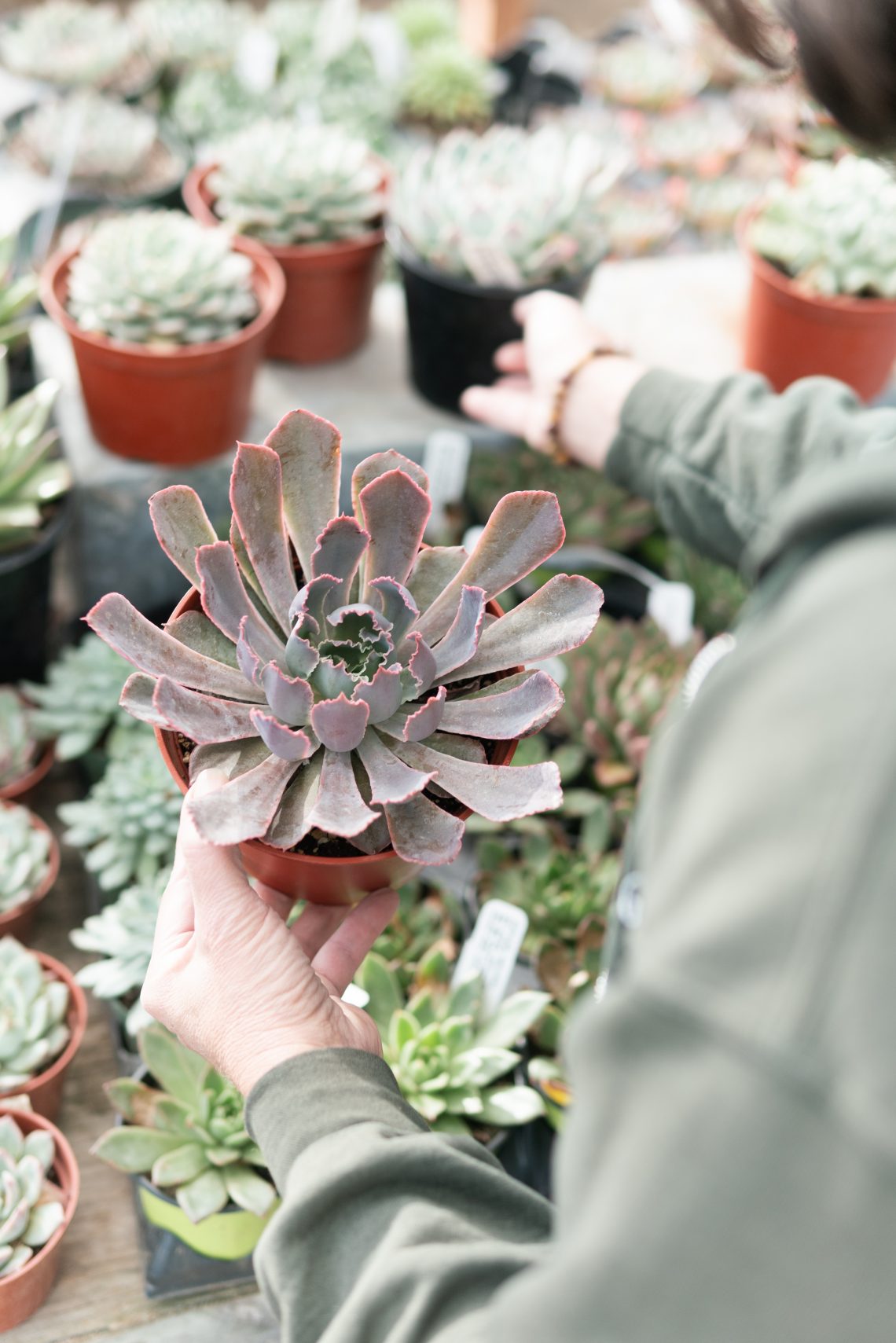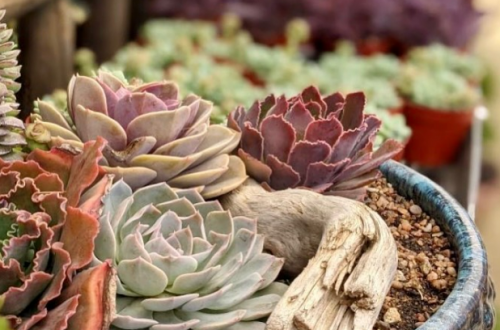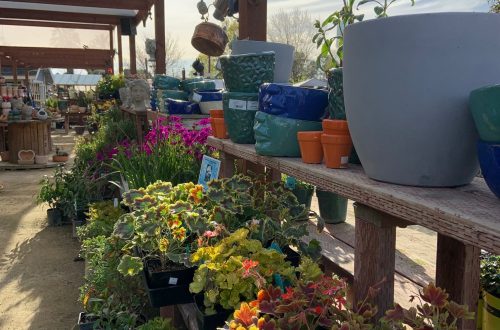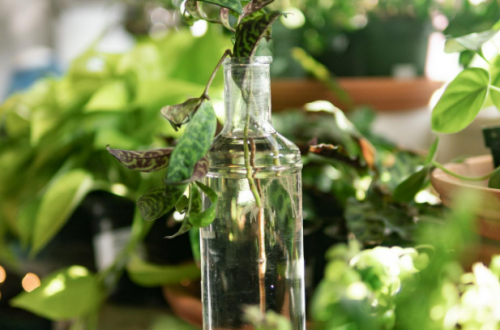Essential Fall Plant Maintenance Tips
Preparing your garden for Autumn is pivotal to the livelihood of your plants. Rain and frost during the colder months can result in root rot, disease-riddled plants, and unwanted pests. From up-potting to general maintenance and pest management, there are several ways to protect your plants and encourage optimal growth. For optimal plant health, longevity, and durability, utilize our essential fall plant maintenance tips.
Up-potting
Up-potting plants is a great way to ensure they’re receiving the nutrients and water they require. If a plant is rootbound, their roots and foliage can suffer greatly – leading to diseases, pests, and root damage. However, up-potting can also cause a great deal of stress for the plant; especially at a time in the season when the days are shorter and there’s less sunlight to promote new growth. Therefore, it’s pivotal to complete this task before the arrival of winter. Ultimately, only up-pot your plants in the fall if absolutely necessary, otherwise wait until the spring if possible.
When in doubt, it’s a good idea to up-pot your plant if…
- The plant isn’t retaining water during watering. If water runs out of the drainage holes quickly during watering but the soil remains dry;
- Water is sitting on top of the soil or rushing through it, instead of absorbing into it;
- Visible roots are growing out of the bottom of the pot;
- The plant becomes top heavy or is overcrowding the pot.
Here, at The Secret Garden, we up-pot plants in 4 easy steps:
- Remove from pot – turning sideways, hold the plant gently by its stems or leaf stalks, tapping the container until it comes out; this works best for plastic containers. For ceramic, clay, or concrete pots, we recommend using a dowel or another tool to loosen the soil along the edges of the pot. If it proves to be too rootbound, you may need to break the pot for removal.
- Loosen roots – gently use your fingers to loosen and untangle roots, removing a third of the old soil. By spreading the roots, they’ll grow in other directions, stabilizing the plant, while retaining the nutrients from the new soil. Use sanitized pruning shears to clip any brown or soggy roots as needed to prevent further disease.
- Choose a new pot – only select a pot that is 1-2” larger than the previous one, sizing up gradually over time; one that’s too large will retain too much water in its soil and lead to soggy, rotted roots. If the one you select doesn’t have drainage holes, you can always add a layer of gravel rock at the bottom of the pot to create a space for excess water to go instead of remaining in the soil.
- Add fresh soil, plant, and water thoroughly – feel free to combine old soil with the new soil, as the roots from your plant are already familiar with the existing microbes, helping them adjust to their new pot. Once your plant is securely in the soil, water thoroughly.
General Plant Maintenance
Fertilizing in fall encourages root growth and stability for plants during the wet, winter months. We recommend an organic, slow-release granular fertilizer, like our Dr. Earth’s All-Purpose Fertilizer, to create an aerated and well-draining soil. These additional nutrients improve the soil, promote plant longevity, and increase foliage growth come springtime. However, keep in mind that not all plants will benefit from fertilizing during this time. If your plant is entering dormancy, adding more nutrients can cause a plethora of issues. Therefore, only fertilize plants that are still actively growing.
Whether or not your plant requires fertilizing, a general clean-up of debris can do wonders! Make sure to remove any spent flower stems that attract aphids. Clean off lower leaves that touch the soil to deter mealybugs from hiding there. As you’re visually inspecting each pot, if there is a saucer under your succulents, remove it (or just flip it over) so there won’t be any standing water during the rainy season. As the seasons change and the summer heat starts to die off, general plant care is crucial to prevent pests and disease. For plants already encountering pests, we utilize Safe Pest Management techniques for removal and further protection.

Safe Pest Management
This is a good time to check your potted plants for pests or disease. The Integrated Pest Management (IPM) approach eliminates pests with minimally invasive strategies that are safe for pets, humans, and the environment. To ensure all issues have been thoroughly cared for, follow these 3 steps:
- Identify the Pest – Ultimately, the type and quantity of the present pests will determine the most effective method. Are there insects like aphids, mealybugs, thrips, spittlebugs, scales, whiteflies, and fungus gnats? Mites? Fungal diseases, such as: rust, powdery mildew, or sooty mold? Identify, then treat accordingly.
- Check General Health of Plants – Unhealthy plants are prone to pests. Drought stress? Try watering your plant before applying any treatment. Overwatered? Let it dry out almost completely (depending on the plant) to see if that gets rid of pesky pests. If there’s nutrient deficiencies or toxicity, fertilize or flush the soil. Make sure the plant is getting the appropriate amount of light and nutrients for optimal health.
- Treat Accordingly – We always promote practices that encourage beneficial insects to protect the garden naturally. Since chemicals kill good bugs along with the bad ones, only use them as a last resort. Insects like aphids can be effectively treated simply by spraying the plant leaves off with a high-pressure watering hose. More stubborn pests like mealybugs and scales may require a wipe down with rubbing alcohol prior to the hose spray. For more invasive quantities, insecticidal soaps are great at killing the remaining visitors. After completing the first two steps, thoroughly wet the front and back of leaves, stems, crevices, and the soil surface; bugs like to hide in tight spaces. Multiple products may be required to be applied simultaneously if different types of pests are found.
We carry easy-to-use Sticky Stakes and Safer Brand’s Insect Killing Soap, End All Insect Killer, and 3-in-1 Garden Spray to kill pests, while preventing and controlling fungal diseases. These ready-to-use formulas can be applied directly to fruits and vegetables right up to before you harvest. For these treatments, repeat after 7 days and continue as necessary. If you’re still seeing pests after 3 weeks, implement a stronger application. Finally, always remember to isolate the infected plants and spray in the evening, at dusk – let the leaves dry and prevent them from burning in the sun.
Still have questions for how to prep your garden for fall? Contact Us directly here or stop by the shop today for additional guidance. Please remember to always read warning labels and first aid directions on bottles. Purchase these fertilizers and pest control products from our online gift-shop or in-person storefront! We’re open everyday, Monday through Sunday, from 10am to 5pm. Come speak with an associate to find the right treatment solution for you!
Thank you to Courtney Giles for her work on this post.





